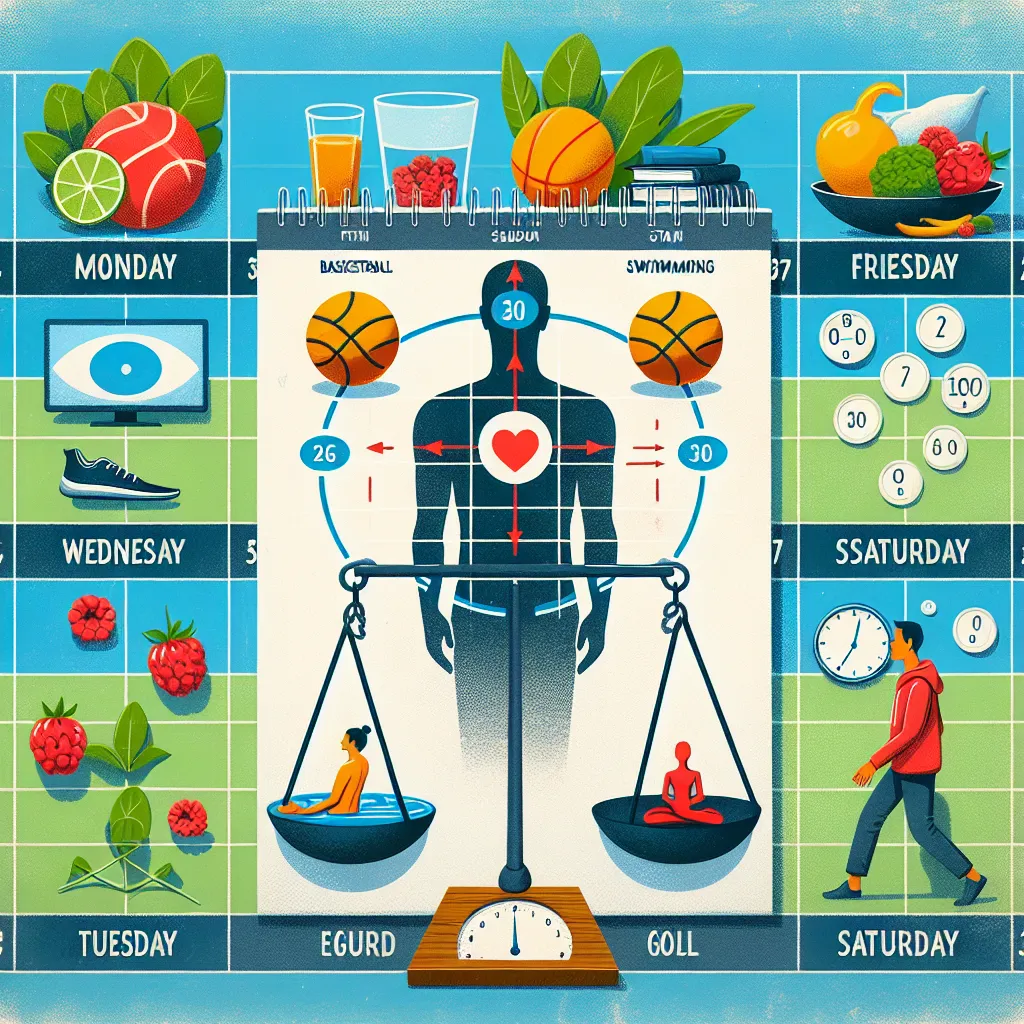Ask AI on The Internet
Question: 1. Is the demand for PTs growing? 2. What are educational requirements for being a PT? 3. Are there related careers that might also interest you? Write your answers down in a blog post about the career you just learned about. Make sure you are writing complete sentences and using correct grammar and punctuation. It needs to be at least 150- 300 words.
**Exploring a Career as a Physical Therapist (PT)** Embarking on a career as a Physical Therapist (PT) offers a promising and fulfilling professional journey. The demand for PTs is, indeed, growing. Several factors contribute to this increase, including an aging population, a rise in chronic conditions like diabetes and obesity, and an increased emphasis on preventive care. According to the Bureau of Labor Statistics, employment for physical therapists is projected to grow 21 percent from 2020 to 2030, much faster than the average for all occupations. This robust growth indicates a steady need for skilled professionals in this field. Becoming a PT requires significant educational achievements. Prospective physical therapists must obtain a Doctor of Physical Therapy (DPT) degree from an accredited program. Prior to entering these doctoral programs, students typically complete a bachelor’s degree, often in fields like exercise science, biology, or a related area. DPT programs generally last three years and include both classroom instruction and clinical experience. Following graduation, aspiring PTs must pass the National Physical Therapy Examination (NPTE) to obtain licensure to practice in their state. While a career as a physical therapist is highly rewarding, there are related professions that might also capture your interest. Occupational therapy, for instance, focuses on helping patients develop, recover, or maintain daily living and work skills. Similar to physical therapy, it requires a master's degree in occupational therapy and state licensure. Another related career is that of a physical therapist assistant (PTA), which involves working under the direction of a PT to help patients carry out specific exercises and therapies. PTAs typically need an associate degree from an accredited program and must pass a licensure exam. Additionally, careers in sports medicine, rehabilitation counseling, and kinesiology may appeal to those who are passionate about helping others improve their physical health and wellness. In summary, pursuing a career as a physical therapist offers ample growth opportunities, rigorous educational requirements, and the potential to make a significant difference in patients' lives. Furthermore, exploring related fields can provide alternative paths toward achieving similar professional and personal fulfillment.
Think your answer is better than the AI's? Post it below.
Other Most Relevant Posts:
 ### 2.1 UCT's Relevance
### 2.2 Career Pursuit Challenges
### 2.3 Social Factors in Success
### 2.4 Career Inspiration Experience
### 2.5 Consulting Professionals' Importance
### 2.6 Self-Evaluat
### 2.1 UCT's Relevance
### 2.2 Career Pursuit Challenges
### 2.3 Social Factors in Success
### 2.4 Career Inspiration Experience
### 2.5 Consulting Professionals' Importance
### 2.6 Self-Evaluat
 **Good Sportsmanship Demonstrated**
**Benefits of Starting Slow in Physical Activity**
**Hydration's Vital Role in Physical Activity**
**Safety Tips for Extreme Physical Activity**
**Trea
**Good Sportsmanship Demonstrated**
**Benefits of Starting Slow in Physical Activity**
**Hydration's Vital Role in Physical Activity**
**Safety Tips for Extreme Physical Activity**
**Trea
 1. Teen's Physical Activity Level
2. Favorite Physical Activities
3. Wellness Goals: Physical, Emotional, Social, and Academic
4. Most Challenging Goal
5. Balancing School, Activities, and Social
1. Teen's Physical Activity Level
2. Favorite Physical Activities
3. Wellness Goals: Physical, Emotional, Social, and Academic
4. Most Challenging Goal
5. Balancing School, Activities, and Social
 1. **Physical Activity Frequency**
2. **Interest in Dance and Basketball**
3. **Wellness Goals**
4. **Challenging Social Wellness Goal**
5. **Balancing Goals and Schoolwork**
6. **Fitness Testing
1. **Physical Activity Frequency**
2. **Interest in Dance and Basketball**
3. **Wellness Goals**
4. **Challenging Social Wellness Goal**
5. **Balancing Goals and Schoolwork**
6. **Fitness Testing
Question Tags
If you want your question answered by an AI, click here.



Post your own comment: